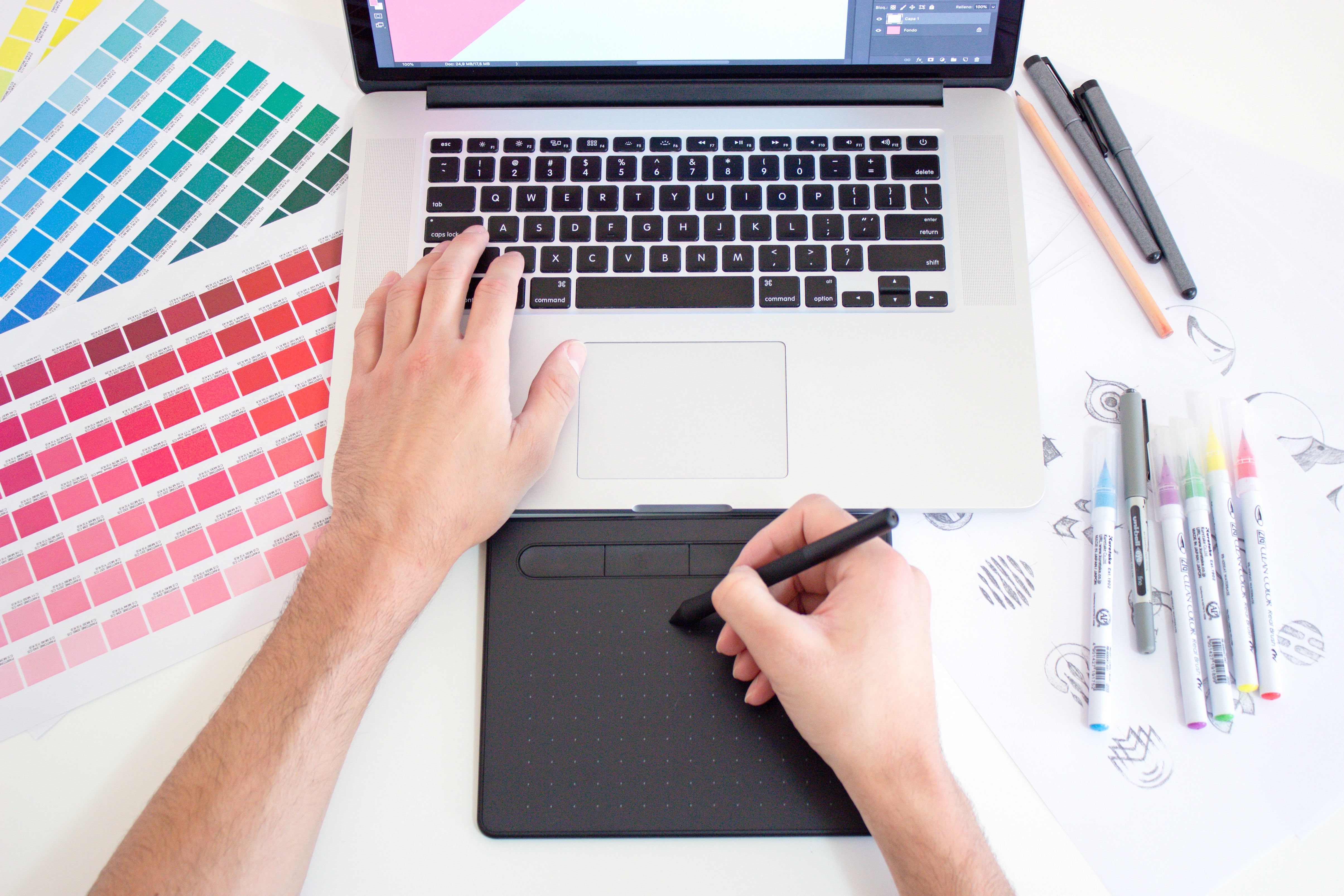
What Tips Will Help You Write the Best Resume for A Graphic Designer
Congratulations on taking another step in your graphic design job! Even though you may be celebrating this, it's a perfect time to channel that creative energy into enhancing your professional presence, starting with a quality graphic designer resume that highlights your technical proficiency and unique design perspective. Consider your resume an extension of your creative portfolio, a tangible representation of your skills and experiences.
It's more than a mere document; it's a storytelling tool that communicates your professional journey through visual elements and carefully chosen words. This document embodies your design philosophy and the story you wish to tell about your creative evolution.
Beyond a chronological list of positions and responsibilities, a graphic design resume is an opportunity to infuse your personality into a professional context. Think of it as a design challenge. You need to balance aesthetic appeal with clarity and functionality to transform a traditional resume into a work of art that captures attention and leaves a lasting impression. So, let's explore the nuances that will elevate your application above the ordinary and resonate with those seeking a creative force in graphic design.
Graphic Design Resume: Writing Guide
1. Start with a Strong Summary: Your Elevator Pitch
Begin your resume with a powerful summary that serves as your elevator pitch. In a concise paragraph, highlight your key graphic design skills, years of experience, and what sets you apart from other graphic designers. Make it engaging and tailored to the specific role you're applying for. This is your opportunity to grab the reader's attention from the outset.
2. Tailor the Content to the Job Description
Generic resumes often get lost in the shuffle. Customize your resume for each graphic designer job description by carefully reading the job description and incorporating relevant keywords. Highlight specific skills and experiences that align with the employer's needs. This demonstrates your attention to detail and increases your chances of successfully passing ATS scanning.
3. Showcase Your Design Skills with a Visually Appealing Layout
For a graphic designer, your resume is a canvas that reflects your design sensibilities. Opt for a clean and visually appealing layout that is easy to navigate. Make sure your resume design has a consistent color scheme and fonts that align with your personal brand. Consider creating an infographic or incorporating subtle design elements to showcase your creativity without overwhelming the reader.
4. Highlight Your Portfolio: Quality Over Quantity
Your portfolio is the heart of your application. Select a few standout projects that demonstrate the breadth and depth of your skills. Provide context for each project, explaining your role, the problem you solved, and the impact of your work. Include links to your online portfolio or enclose samples that potential employers can easily access if possible.
5. Quantify Your Accomplishments
Instead of simply listing your responsibilities, quantify your achievements wherever possible. Use quantitative data to demonstrate the impact of your work. For example, "Increased social media engagement by 30% by implementing visually compelling graphics." This not only adds credibility but also provides concrete evidence of your contributions.
6. Emphasize Soft Skills
While technical skills are crucial, don't underestimate the importance of soft skills in the workplace. Highlight your ability to collaborate with others, communicate effectively, and adapt to new challenges. Employers often seek candidates who can balance technical expertise with interpersonal skills to contribute positively to the team dynamic.
7. Include Relevant Keywords
Since most companies prefer to filter candidates with applicant tracking systems, ensure your resume makes it through and incorporate relevant keywords naturally throughout your document. These keywords should reflect both technical skills and industry-specific terms.
8. Keep it Concise
Recruiters and hiring managers often sift through numerous resumes, so keep yours concise and focused. Aim for one-page graphic designer resume examples unless you have extensive experience. Focus on the relevant details and avoid adding those that could dilute the impact of your application.
9. Update Your Contact Information
Keep your contact information current to ensure easy communication with potential employers. Provide an up-to-date professional email and include a link to your LinkedIn profile. This simple step enhances accessibility, a crucial factor in a competitive job market.
10. Proofread Thoroughly
Typos and grammatical errors can tarnish even the most impressive resumes. Before submitting your designer resume, proofread it thoroughly or ask a trusted friend to review it. Attention to detail is a crucial trait for graphic designers, and a polished resume reflects your commitment to quality.
Concluding Your Design Odyssey
Envision your closing as the final brushstroke on a masterpiece. Your journey as a graphic designer has undoubtedly been a story of growth, challenges, and creative triumphs. Now, as you translate these experiences into a compelling resume, be ready for the next chapter of your design odyssey.
Remember that your resume is not static; it's a living document that evolves with each project, skill acquired, and lesson learned. As you send it forth into the professional arena, infused with your design essence, trust that it will find its way into the hands of those who recognize and appreciate the artistry behind the words and images. Your resume is like shouting out loud, saying, "Hey, I'm more than just a graphic designer! I'm a storyteller, a fixer-upper, and a must-have for any creative squad."
So, take pride in the uniqueness you've injected into this vital document. Your design legacy continues to unfold, and the narrative told through your resume is but one chapter in a book of endless possibilities. Let your UX design resume be the beacon that illuminates your path, guiding you toward new opportunities and artistic heights. May your next year be filled with continued growth, design excellence, and the unwavering confidence that your creative journey has only just begun. Cheers to the artistry that lies ahead!